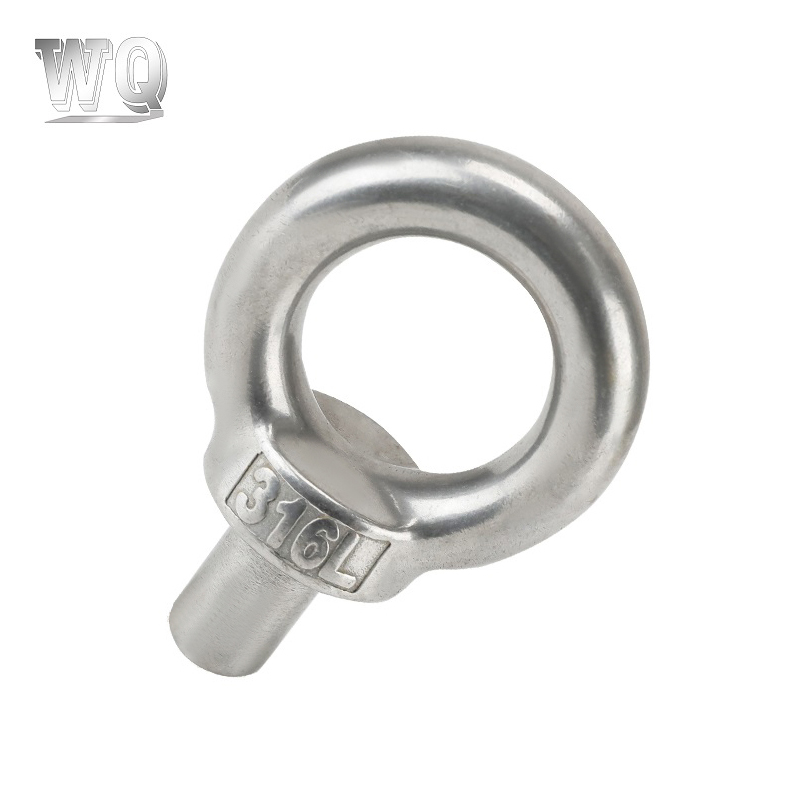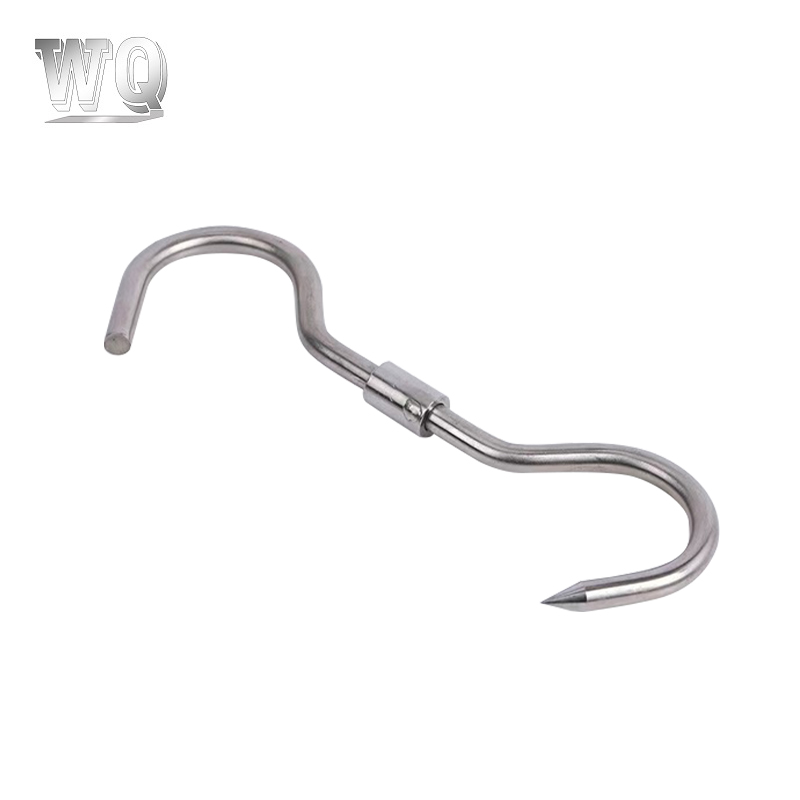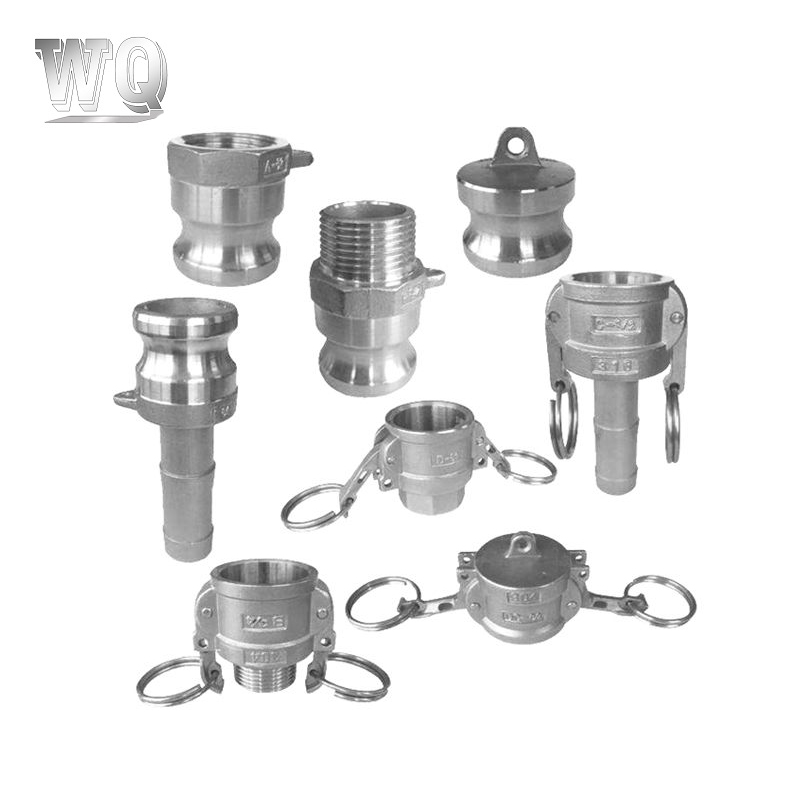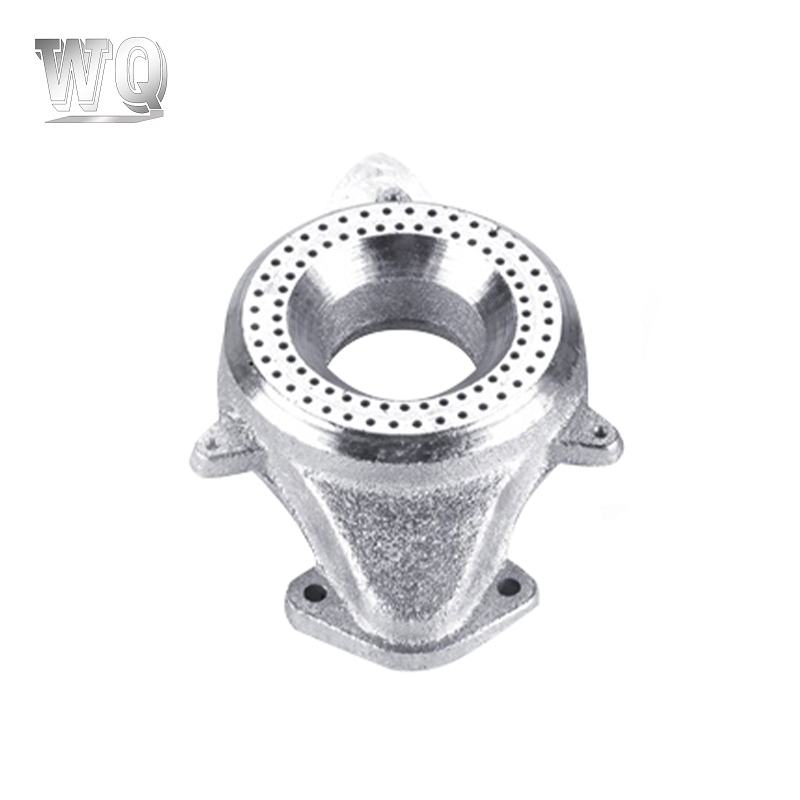Energy consumption is a significant environmental consideration in stainless steel casting due to the high temperatures required for melting and casting. Here’s a detailed look at how energy consumption impacts the environment and ways to address these issues:
Stainless steel casting requires melting the alloy at temperatures around 1,600°C (2,912°F). This process consumes a large amount of energy, typically derived from electricity or fossil fuels.The energy intensity of the casting process can contribute significantly to the overall carbon footprint of stainless steel production.
If the energy used in casting comes from fossil fuels (such as coal or natural gas), it can result in substantial carbon dioxide (CO2) emissions, contributing to climate change.Even if electricity is used, its carbon footprint depends on how it is generated. Electricity from coal-fired power plants has a higher environmental impact compared to electricity from renewable sources.
Improving the energy efficiency of the casting process can help reduce overall energy consumption. This includes optimizing furnace operations, using advanced insulation materials, and minimizing heat loss.Implementing energy recovery systems, such as heat exchangers, can capture and reuse excess heat from the casting process, reducing the need for additional energy input.

Shifting to renewable energy sources, such as wind, solar, or hydroelectric power, can significantly reduce the carbon footprint associated with energy consumption in stainless steel casting.Using energy from certified green or renewable sources can help companies meet sustainability goals and reduce their environmental impact.
Implementing energy management systems to monitor and control energy use can help identify inefficiencies and opportunities for improvement.Training employees on energy-efficient practices and technologies can contribute to better energy management and lower overall consumption.
Conducting a lifecycle analysis can help assess the total energy consumption of stainless steel casting from raw material extraction to final product use. This analysis can guide efforts to reduce energy use across the entire lifecycle.
Investing in advanced casting technologies, such as electric arc furnaces or induction heating, can offer more energy-efficient alternatives to traditional melting methods.Researching and using new materials that require lower processing temperatures can also contribute to reduced energy consumption.
Complying with energy-related regulations and standards, such as those set by environmental agencies or industry organizations, ensures that energy consumption is managed responsibly.Reporting energy consumption and environmental impact transparently helps stakeholders understand the company’s commitment to sustainability and energy efficiency.
By addressing these considerations, the stainless steel casting industry can work towards reducing energy consumption, lowering carbon emissions, and minimizing its overall environmental impact.









